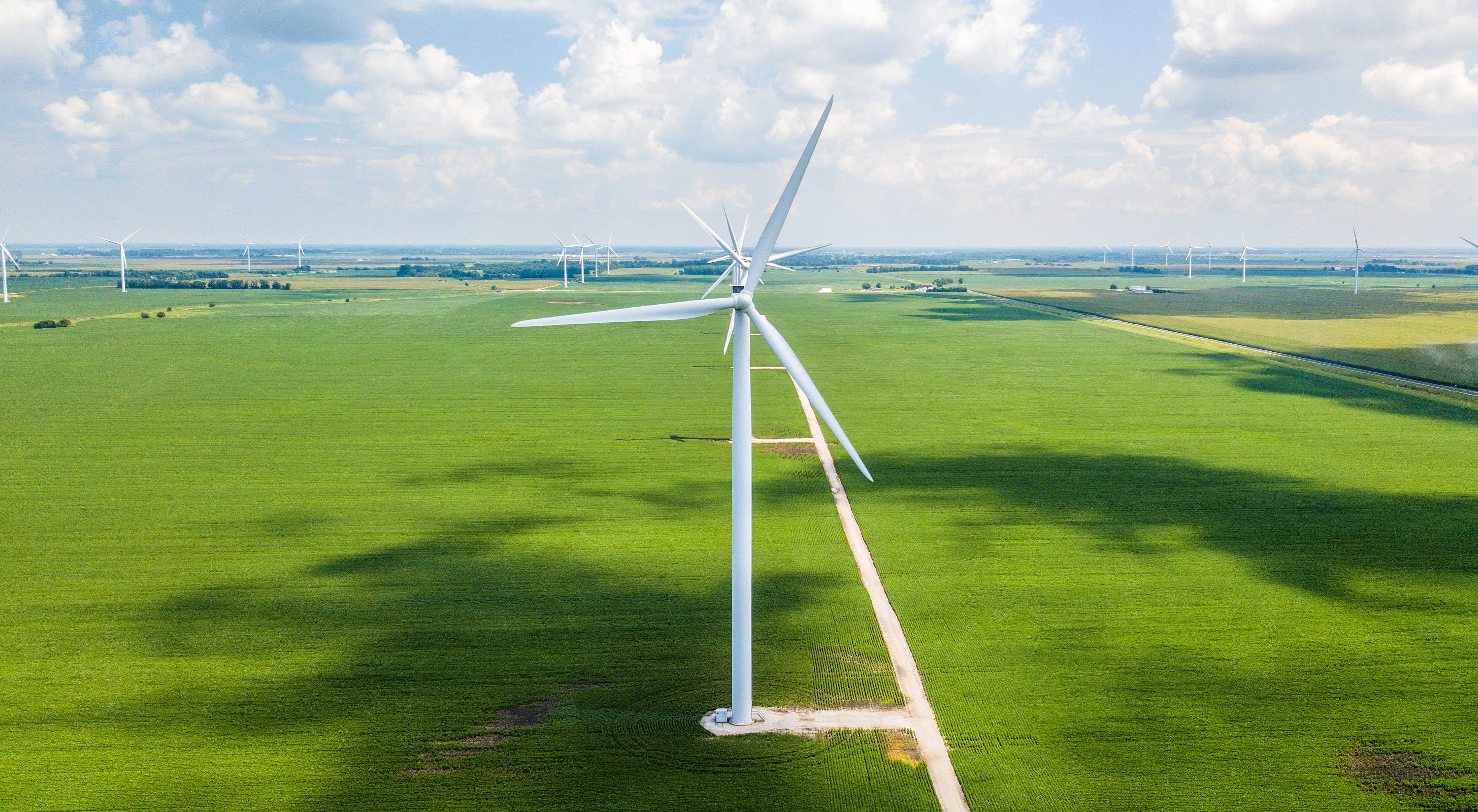Todas las publicaciones de blog
First municipalities determine local standards for wind turbines (Inglés).
It is June 30 2021 when the Administrative Jurisdiction Division of the Dutch Counsel of State issues its judgement about the validity of the national standards of wind turbines considering noise, blade flicker and external safety. Upon the creation of the so called general wind turbine standards as included in the Activities Decree and the Environmental Management Regulations, environmental impact was not asessed following the right procedure based on EU-regulation, the Division states. The consequence is that an Environmental Impact Analysis (EIA) has to be executed, specifically for the mentioned general standards of the Activities Decree. This is a time-consuming task which could easily take 1-1,5 years, but there is an alternative option. The Devision emphasizes in its judgement that municipalities are allowed to create their own, local, environmental regulation wind turbines have to comply with. During this procedure the local situation is considered, possibly combined with application of any relevant yet existing municipal regulation.
An obvious question would be: how much will ongoing and starting project be delayed by the inherent extra effort? To what extent will municipailties make use of the "local regulation" option, in contrast to waiting for the new, general and national standards?
It is hard to answer this question precisely (due to the fact that postponed initiatives will stay under the radar!) but some development can be observed by looking at the following projects;
Wind farm Beuningen - On November 23 2020, the local council of the municipality of Beuningen passed the destination plan for Wind farm Beuningen. By doing this, the municipality of Beuningen is one of the first municipalities in the Netherlands to determine and effectuate local legislation for wind turbines.
Wind farm Delfzijl-South (extension) - On December 21 2021 the local counsil of Eemsdelta passed the destination plan for the extension of Wind farm Delfzijl-South, located in the upper north of the Netherlands. The extension consists of 16 wind turbines, only minor alterations to the previous standards were necessary.
Municipality of Lingewaard - The municipality of Lingewaard announced its ambition to define its own environmental standards regarding 2 wind turbines that will supply electricity to a brick factory. The College of Mayor and Aldermen started a feasibility study for this, as it states in a letter to the local counsil on December 14 2021.
Wind farm Holtum-North - In contrast to the cases above, the municipality of Sittard-Geleen shows disunity considering determining local environmental standards; a (green party) Aldermen opted for determine local environmental standards, while the counsil was against, as a majority supported a motion against the plans. Yet in Oktober 2020 the municipality granted the permit to developer Engie for construction of the 3 turbines. It is doubted if by delaying the construction of the wind farm, the municipality will be able to fulfill the agreements as stated in the RES (Regional Energy Strategy)
.(Sources: Binnenlands Bestuur, 9 juli 2021, Binnenlands Bestuur 6 jan 2022, sittard-geleen.nieuws.nl, www.engie.nl
Construction Wind- and solar farm Koningspleij (Arnhem) towards completion (Inglés).
Windpark Koningspleij in the city of Arnhem consists of four turbines in a curved linear layout, located in the Koningsplij North and Industrial Park Kleefse Waard (IPKW) area, parallel to the N325 motorway. The turbines are of type Enercon E-115 EP3, with a hub height of 119,7 m, a rotor diameter of 115,7 and corresponding tip height of 177,5 m. Three of the four turbines are developed by Outsmart and later Prowind, together with a civilian initiative and accordingly made possible by inhabitants of the municipality of Arnhem. The fourth turbine was developed by Pure Energie and will produce electricity for Industrial Park Kleefse Waard (IPKW).
The four turbines have a total combined maximum power capacity of ca. 17 MW and are expected to produce ca. 34,5 million kilowatt hours (kWh), or ca. 34,5 gigawatt hours (GWh), of electricity annually. This equals the electricity consumption of ca. 11.000 households, and corresponds to more than 5 % of Arnhem's total municipal consumption. (Electricity consumption of the municipality of Arnhem was ca. 649 GWh in 2018.)
Now the foundations are ready, tower sections in place and lifting of nacelles and blades progresses rapidly, we can slowly start looking forward to the moment the farm actually delivers clean electricity to the grid. Besides, we can also look back at a period of several years of preparations and numerous studies. Solidwinds, for example, contributed by performing studies in relation to turbine type optimisation, noise, blade flicker, external risk assessment and yield prediction for the purpose of project financing. Solidwinds was involved since 2013 during the early start of the development, performimg tasks for respectively Outsmart and Prowind as clients.
¿Puede el viento salvar vidas?
¡Mira a Massoud Hassani explicar su motivación para salvar vidas usando su dispositivo Mine Kafon impulsado por el viento! Para obtener más información y actualizaciones, visite el sitio web de mine kafon: https://www.minekafon.org.
El "Mine Kafon" es un dispositivo autónomo impulsado por viento, creado para desarmar minas sin explotar en zonas desérticas.Solidwinds (pro bono) realizó cálculos preliminares sobre los caminos (direcciones y velocidades) que probablemente seguirían las bolas de Mine Kafon, desde diferentes lugares de inicio y durante diferentes estaciones del año. El proyecto Mine Kafon ha evolucionado mucho desde entonces y ahora se utiliza tecnología de drones más eficiente para detectar y desarmar minas, que aún hoy están ocultas.










